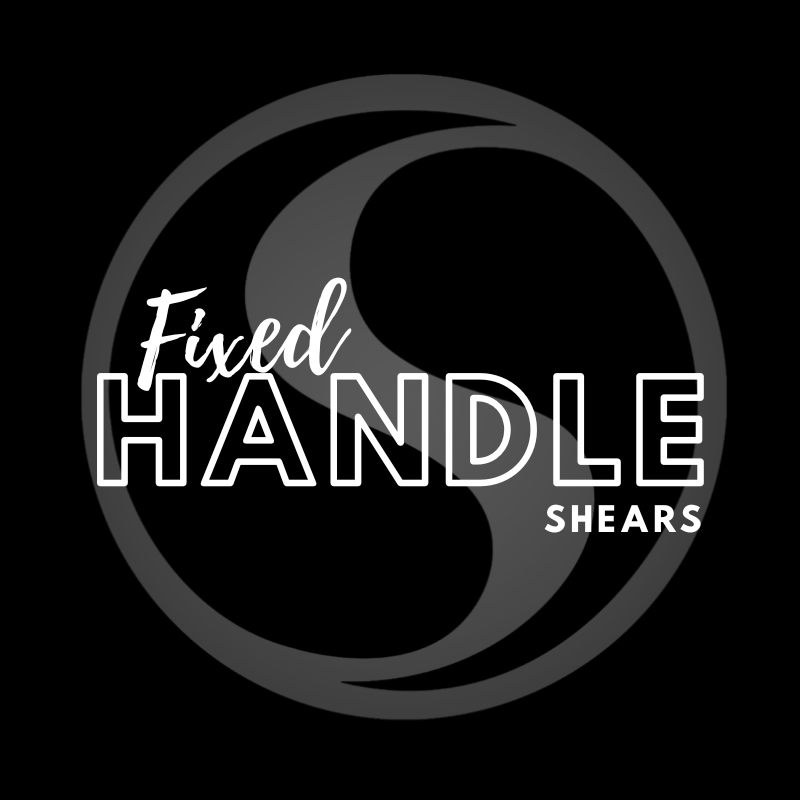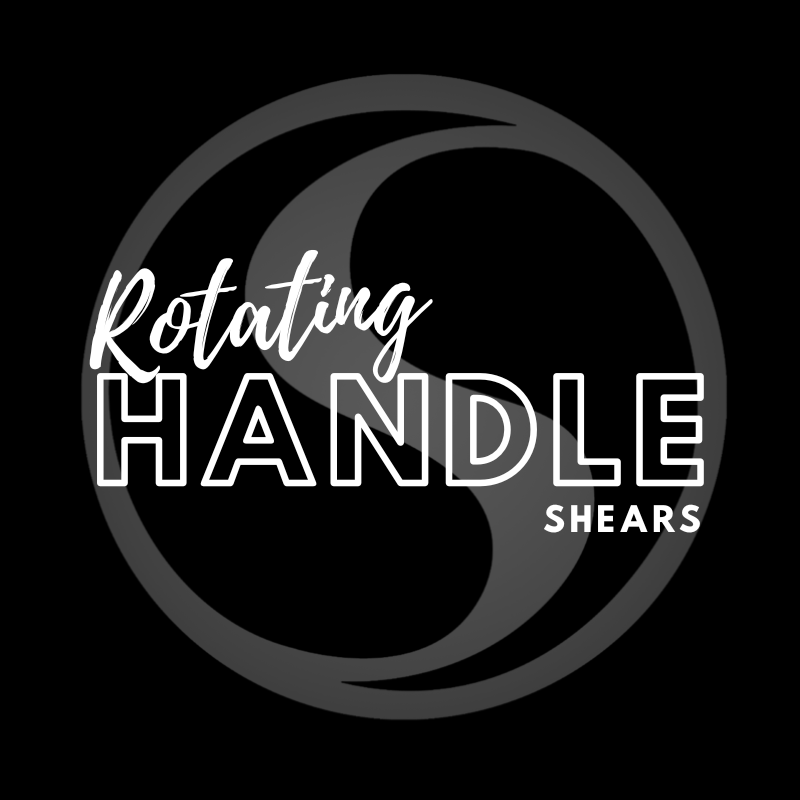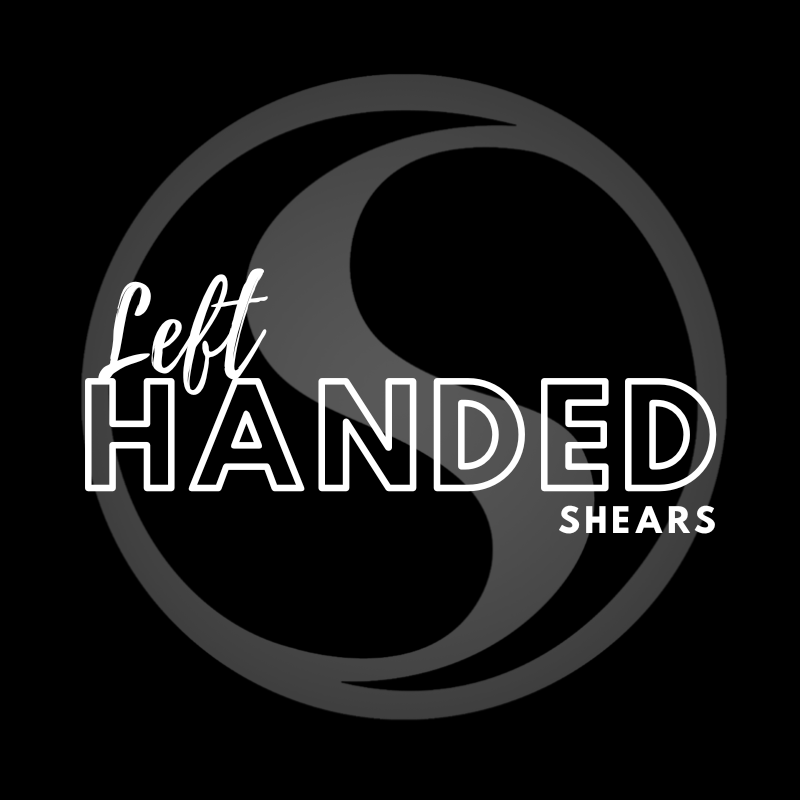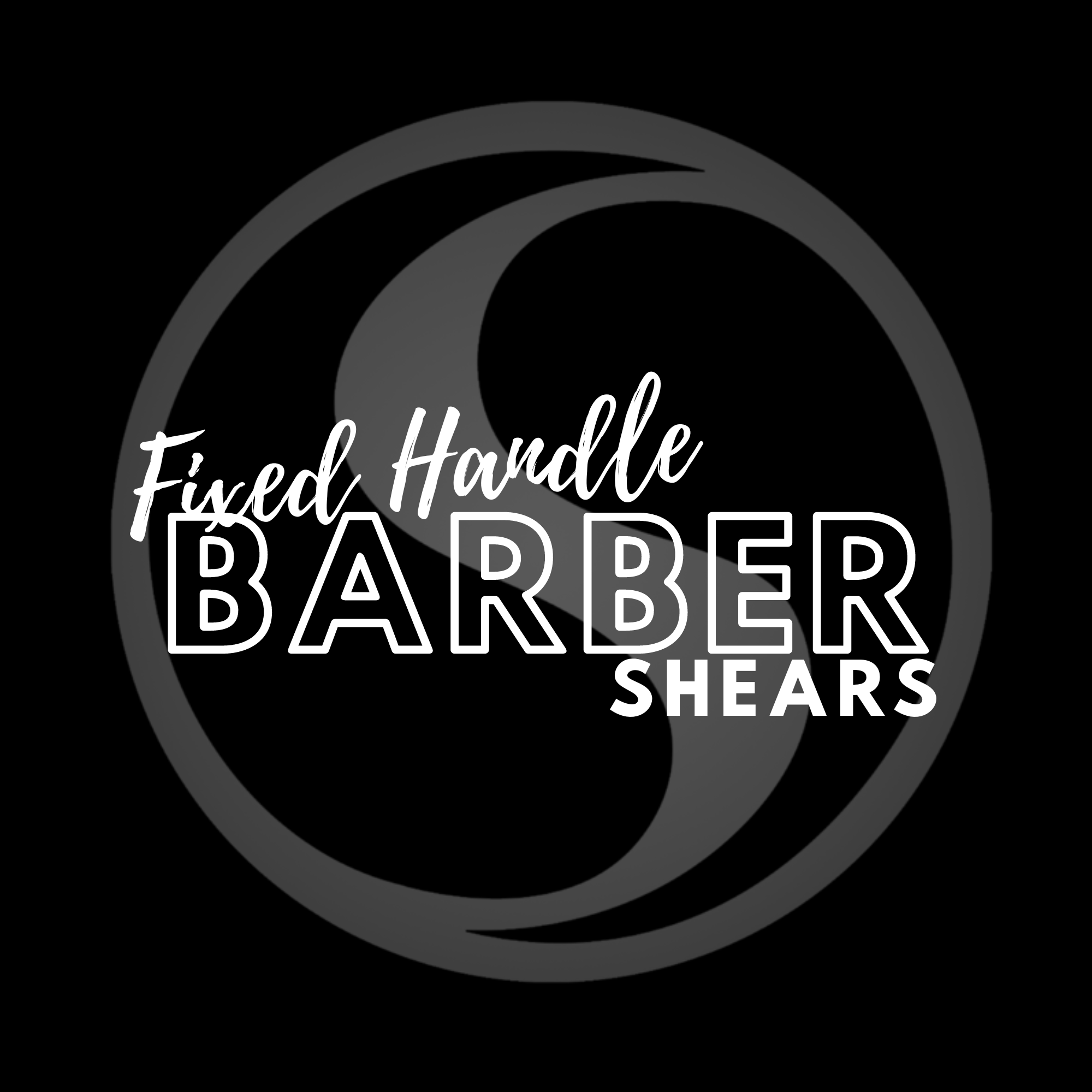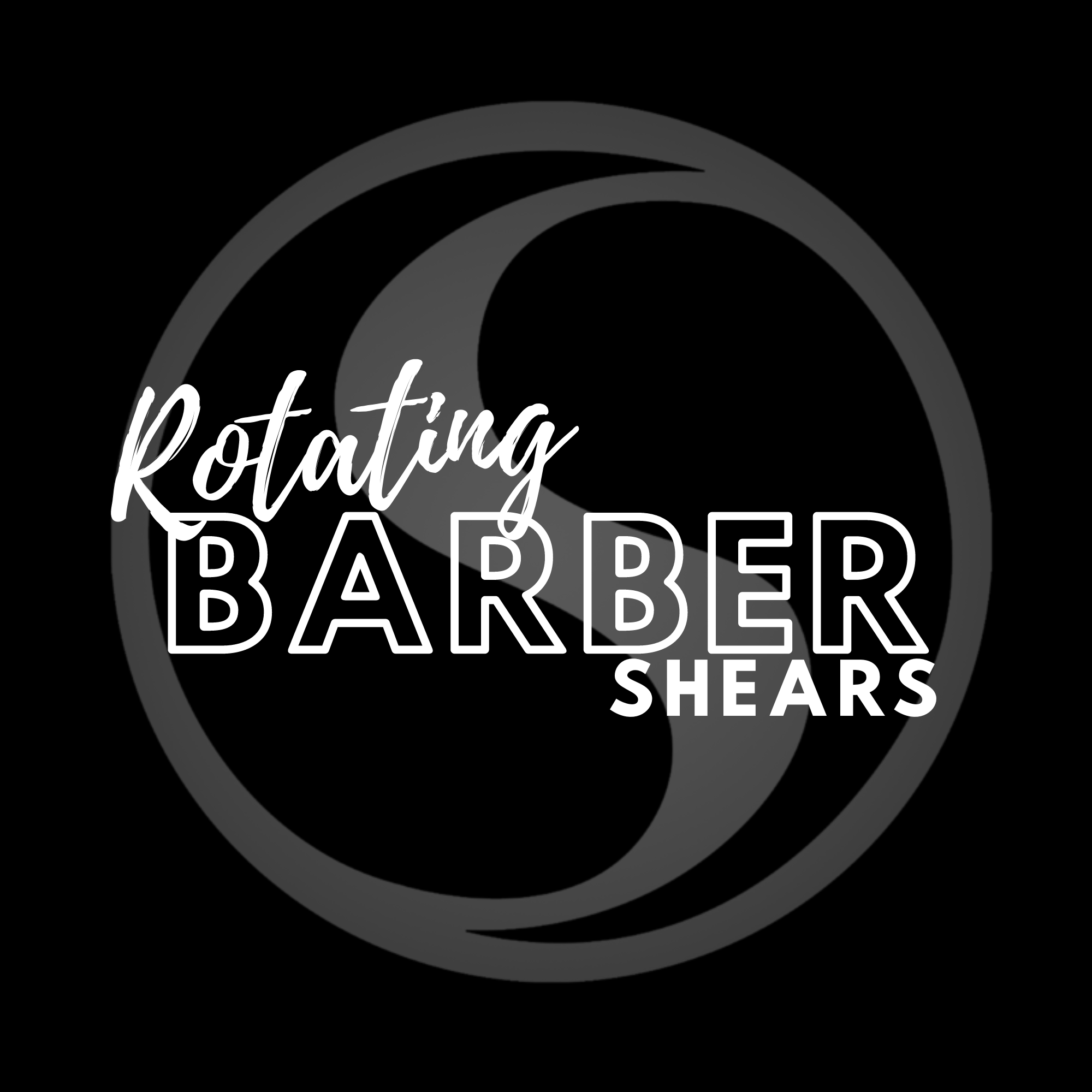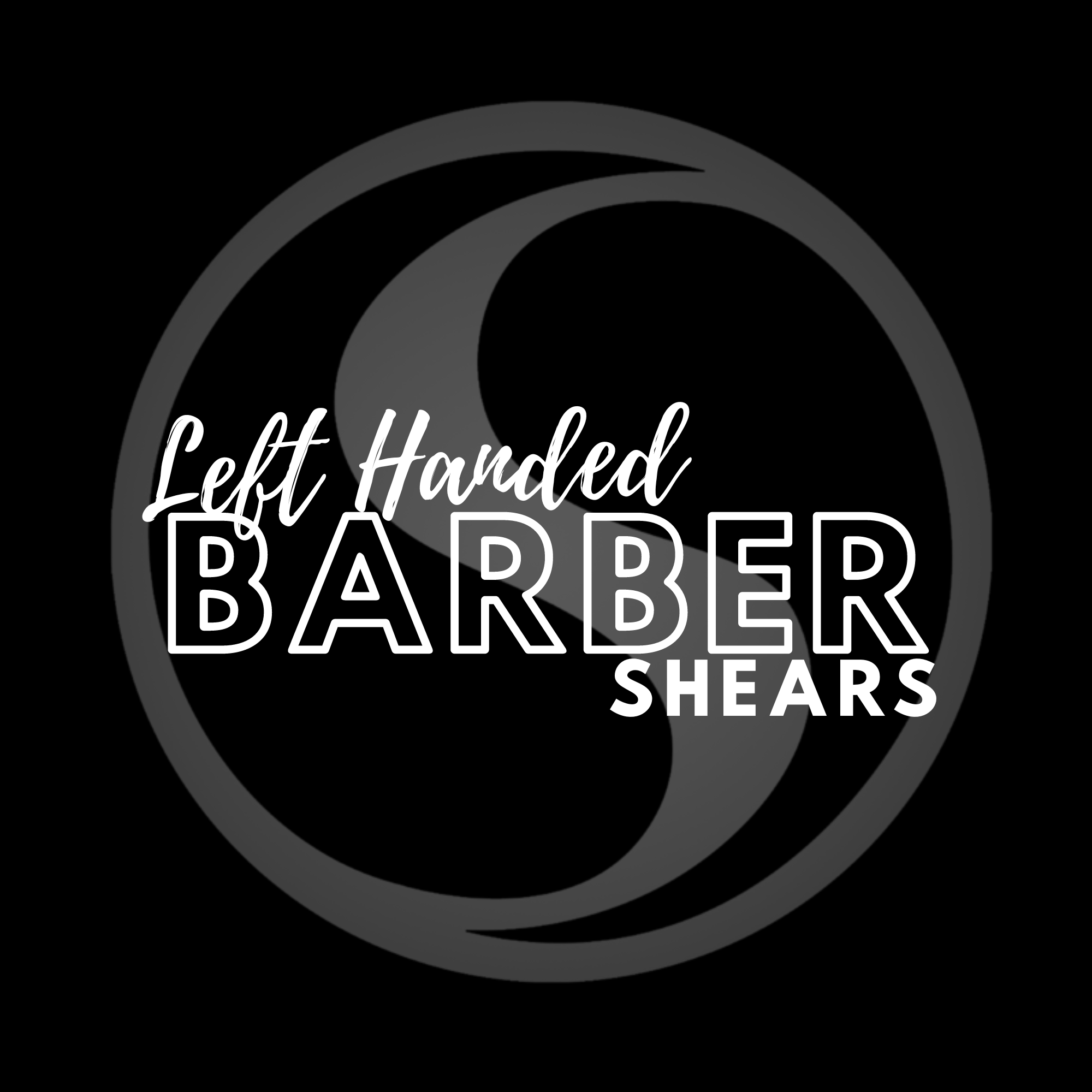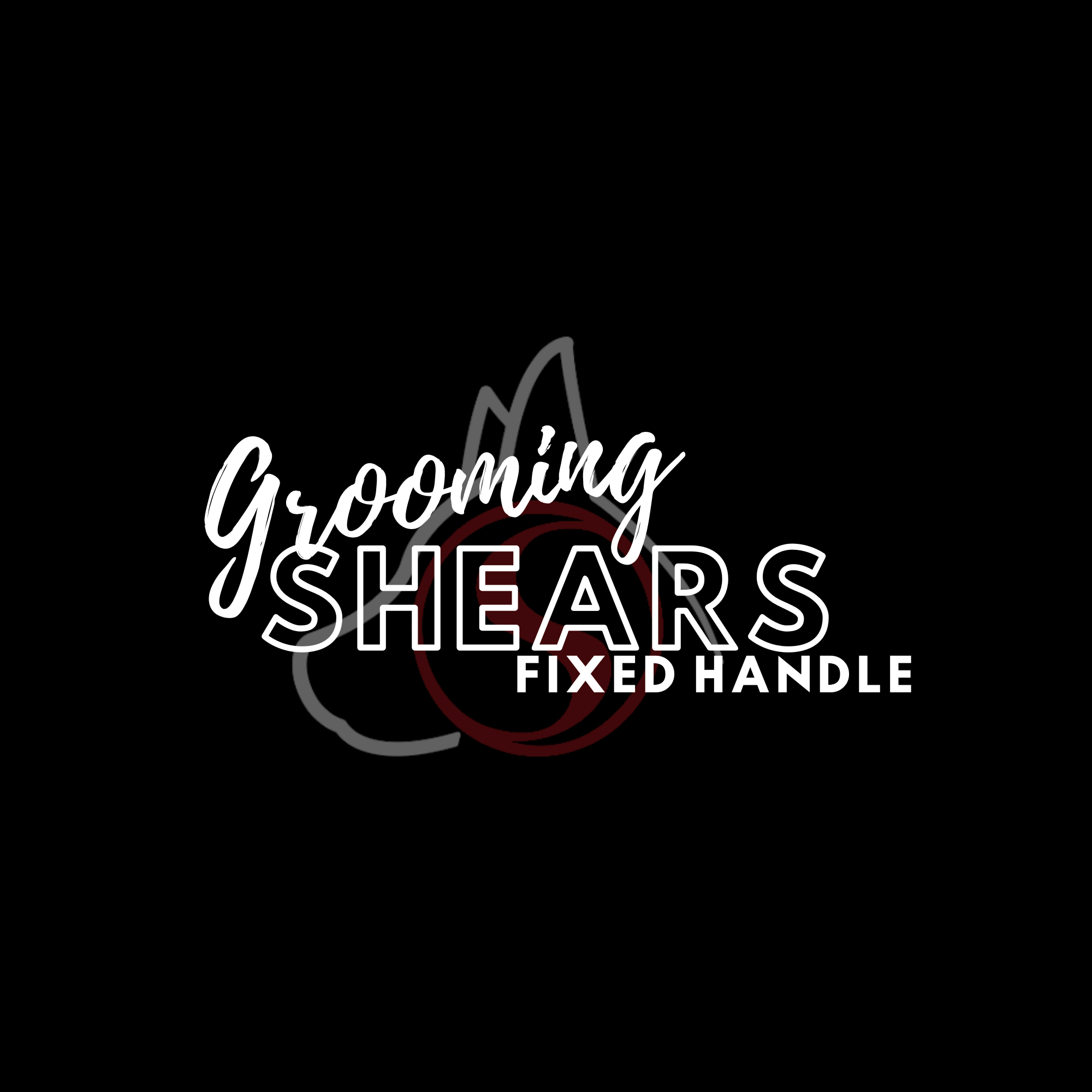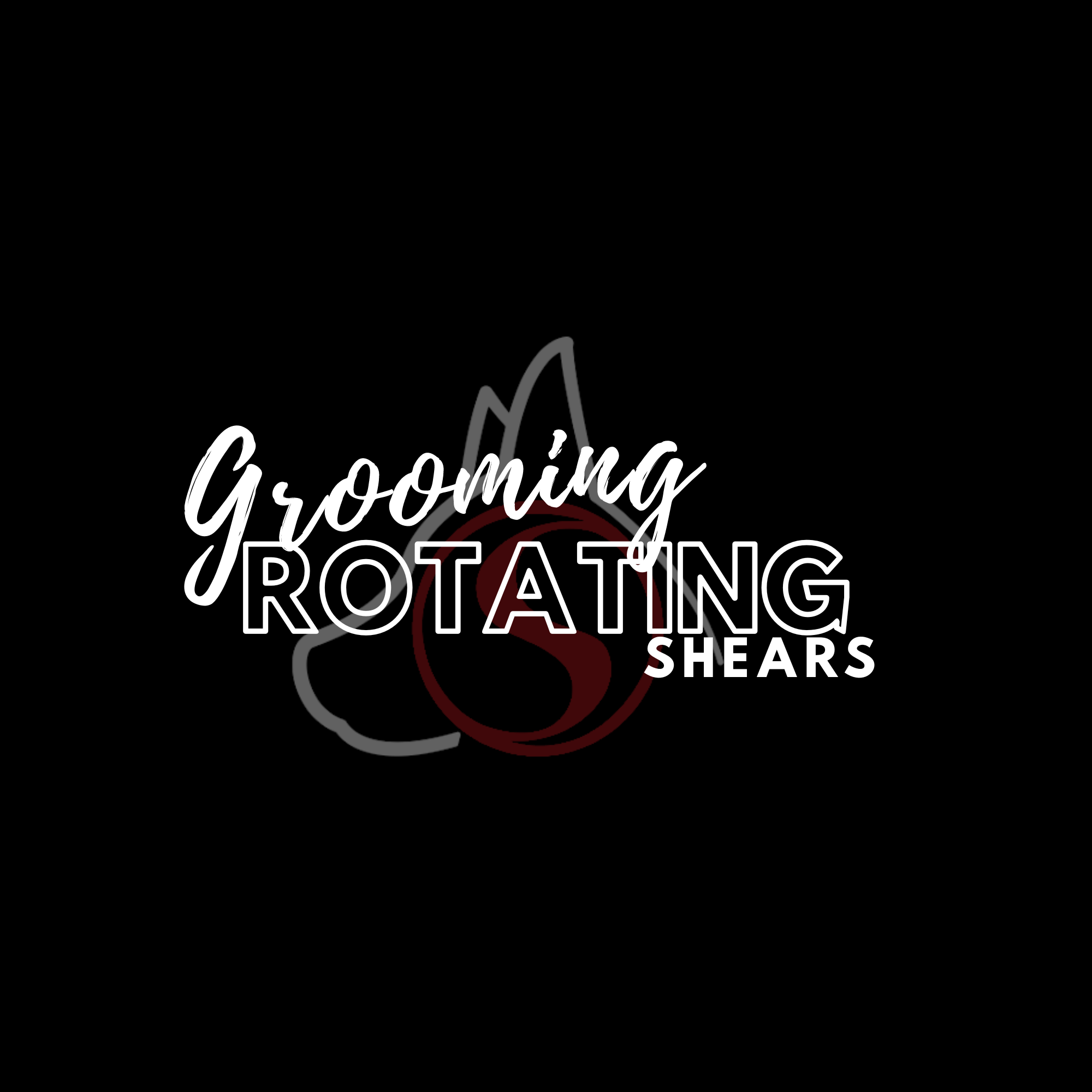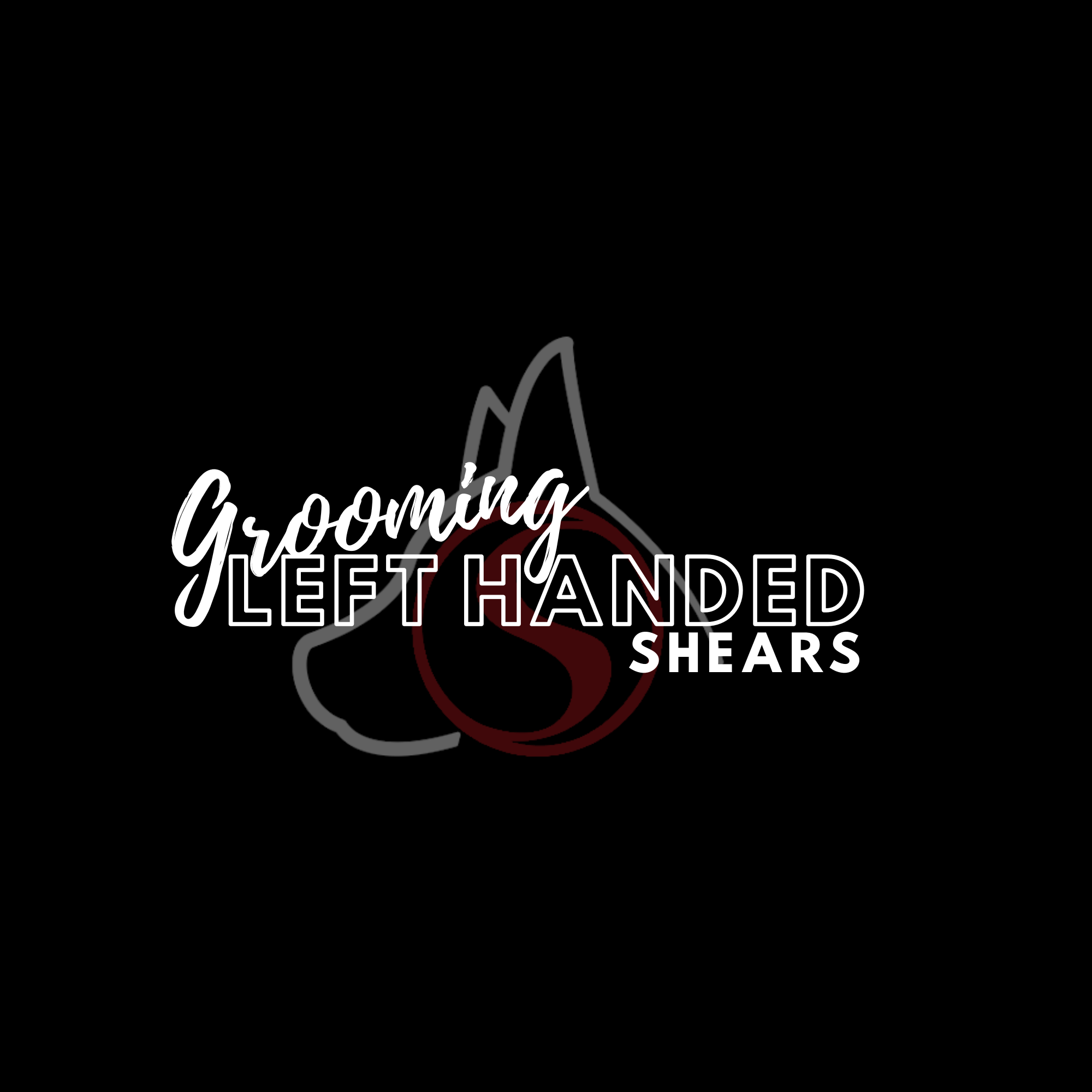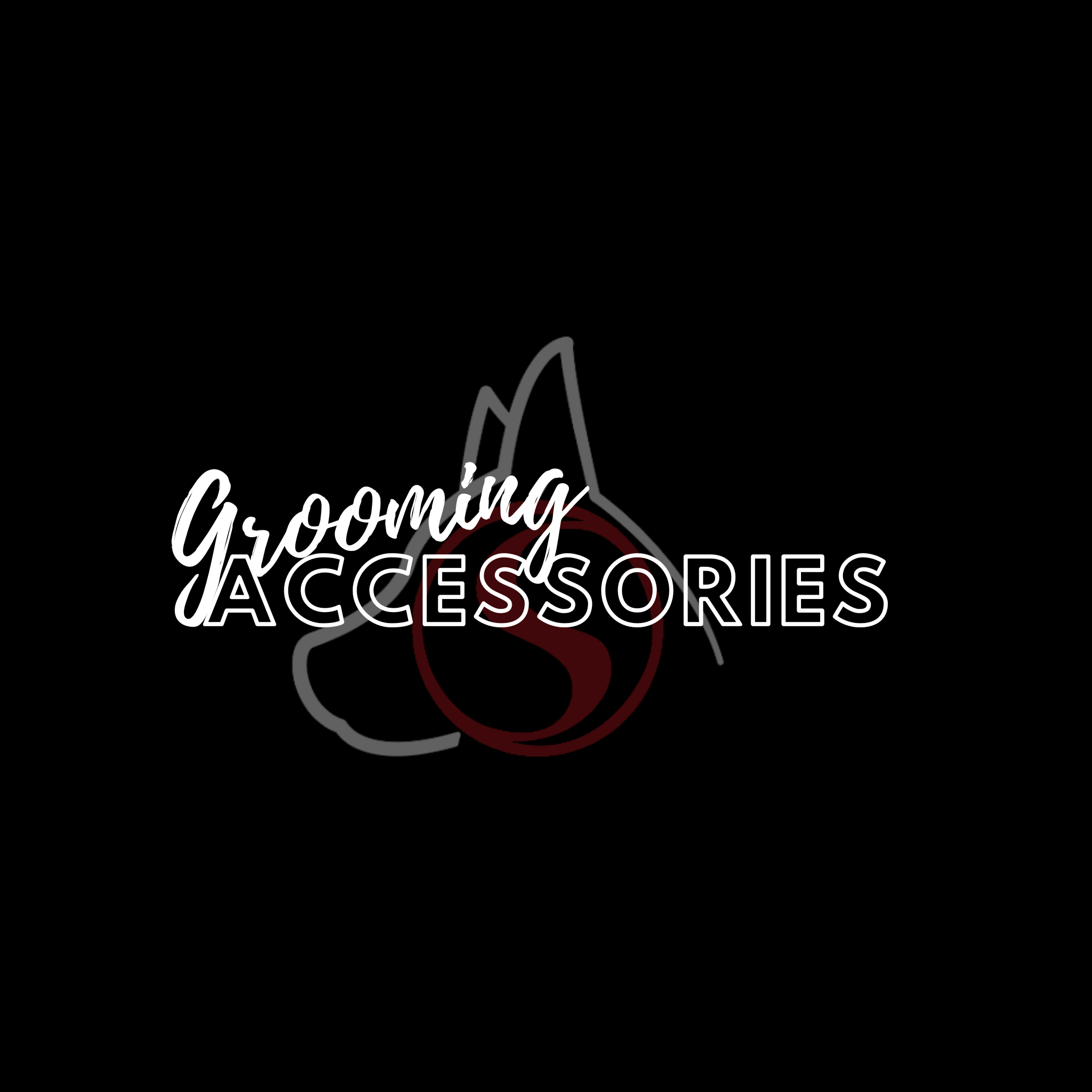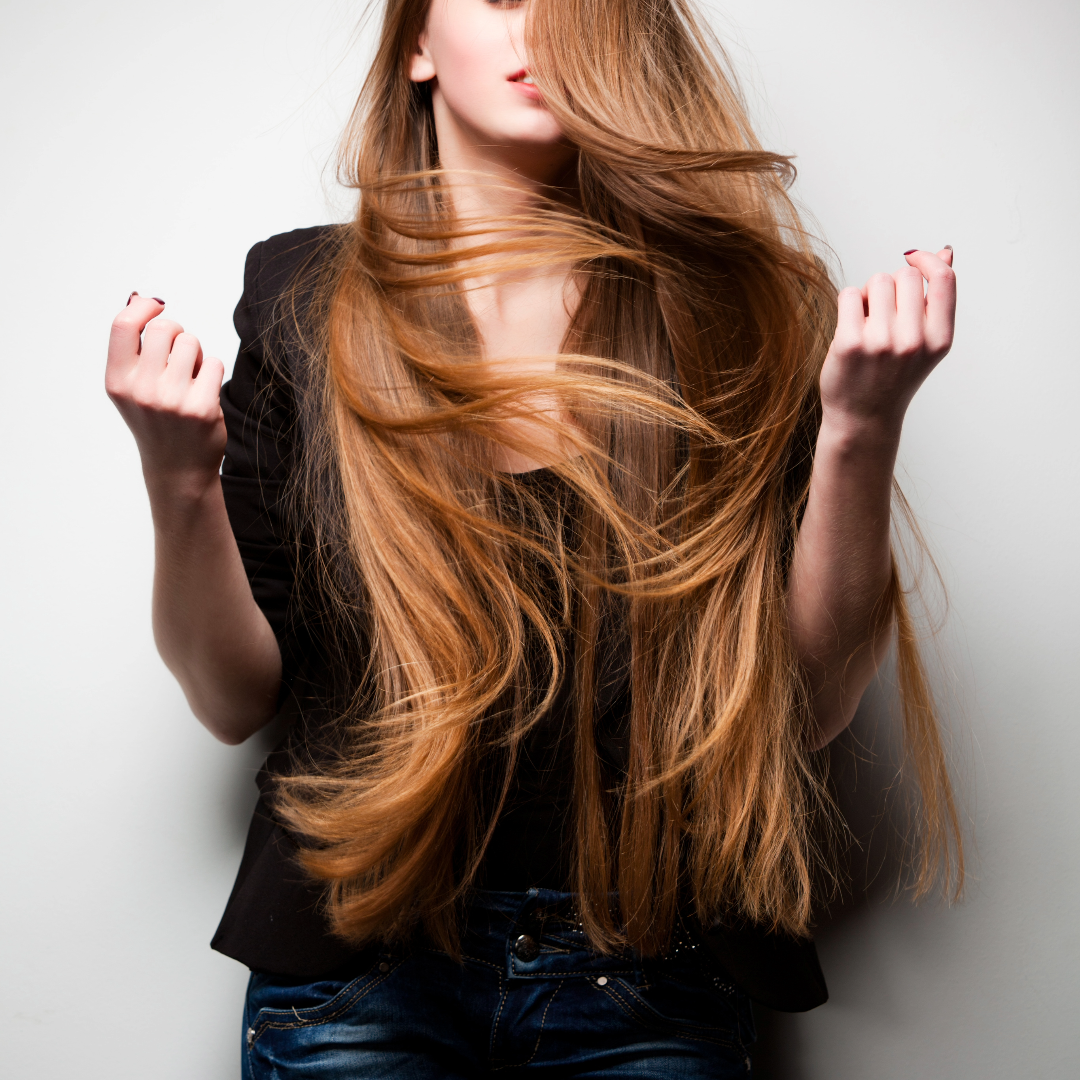Different Types of Pet Grooming Shears
When you work as a professional dog groomer, the tools you use are crucial to completing each job in a quality manner. Professional grooming shears are significantly different from hair cutting shears—if the shears a groomer uses aren’t specifically meant for coarse pet hair, then they may not be able to complete the job at all. As such, finding the models that work best on dogs’ thick undercoats can take a bit of research. These are the different types of pet grooming shears and what to look for when you’re purchasing these products for your tool kit.
Straight-Blade Shears
Straight-blade shears are the most versatile type of shears that groomers use, as they’re best suited for general body grooming and putting on the finishing touches. They come in a series of sizes and weights to accommodate the varying needs of each dog breed. For larger dogs with thicker fur, groomers often use long straight shears. Smaller dogs with thinner fur often require shorter models. Adjusting the size depending on the breed allows the groomer to maintain control over the tool and obtain the most precise cut.
Curved Blade Shears
On the other hand, curved dog grooming shears are better for leaving a rounded finish in certain areas along the dog’s coat. These shears provide a groomer with a more effective way of shaping and styling the fur as they cut. This makes it much easier to craft a messy overcoat. Some common ways to use curved blade shears are around the pet’s legs and feet, along their tail, and for shaping their mane. These shears are also available in varying lengths and weights to improve groomer comfort and optimize the process of grooming dogs with different types of fur.
Thinning Shears
Another type of pet grooming shear to make note of are more specialized thinning shears. Designed with rows of bladed teeth to help with bulk cutting, groomers dominantly use these shears during large jobs to remove more fur per cut. However, they can also use them for carefully blending lines and for producing the right finish. It’s important to mention that the size of the teeth themselves, not the length of the blades, is what provides different levels of control and determines how much fur the shears can remove.




